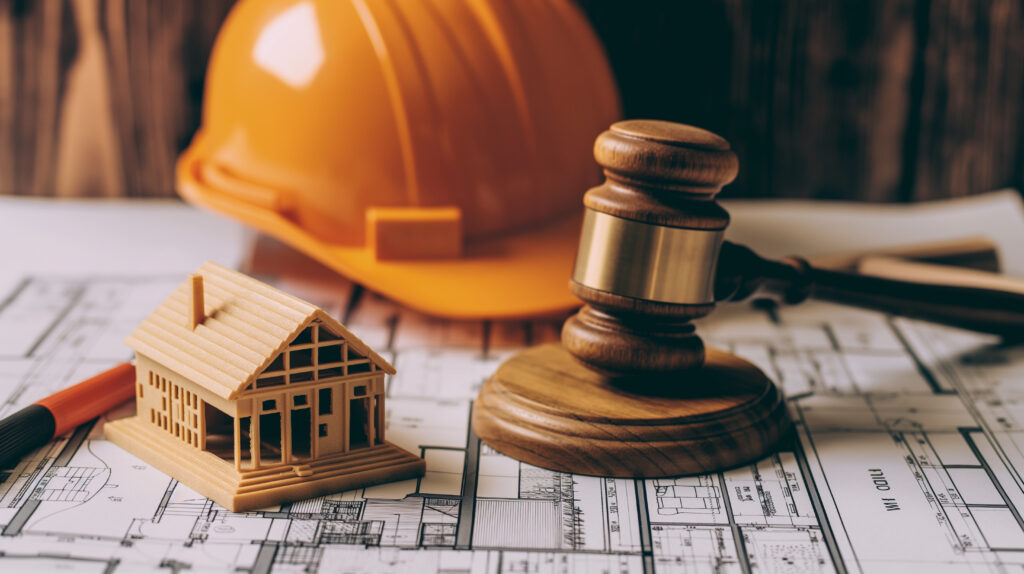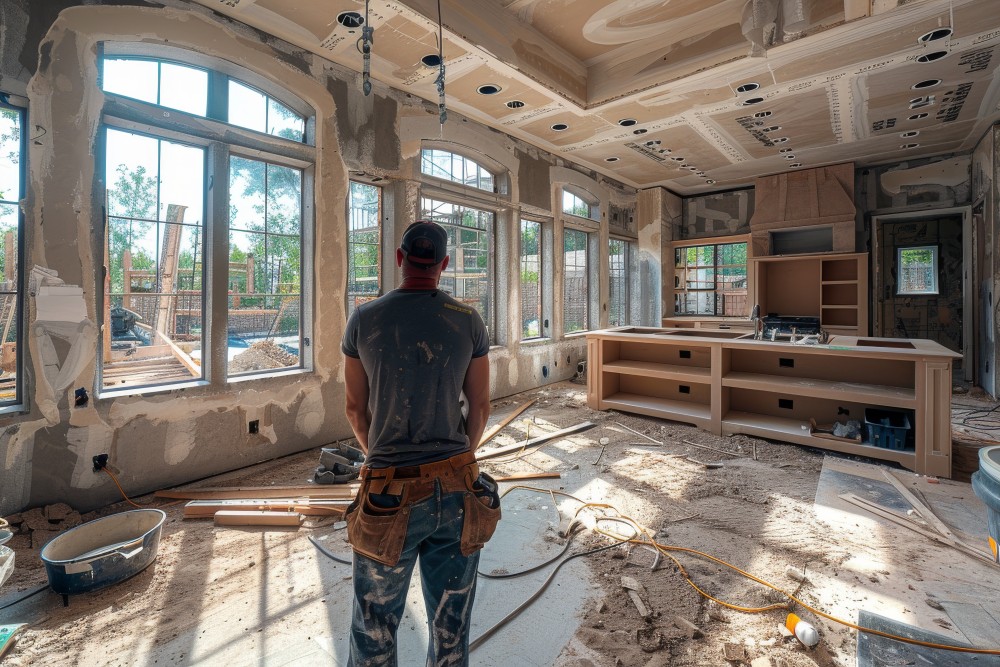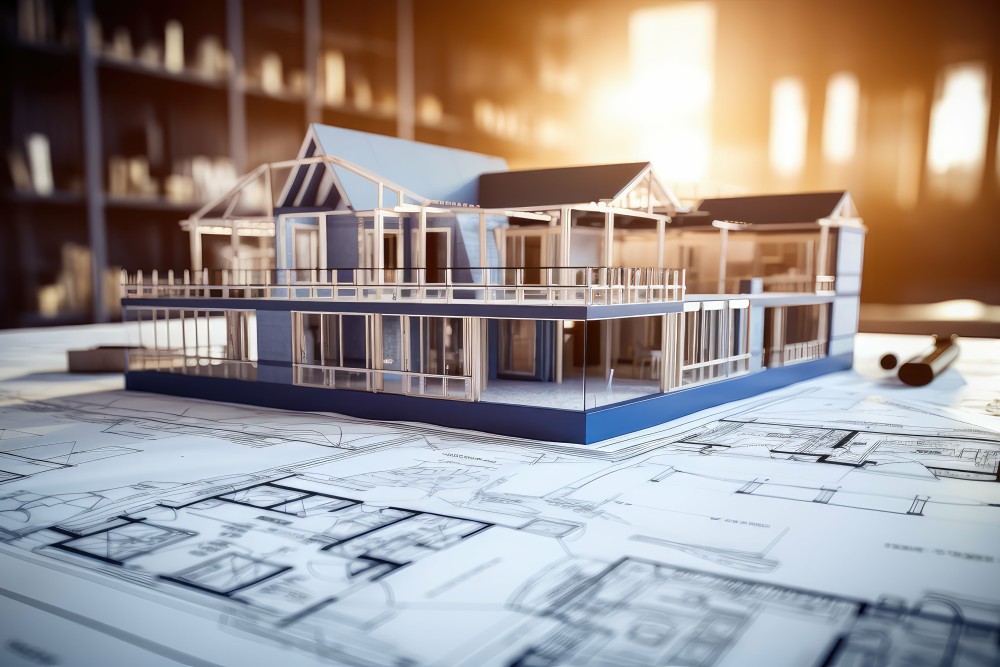1. Establish Clear Expectations from the Start
Detailed Contract
- Written Agreement: Ensure that all aspects of the project are detailed in a written contract, including the scope of work, materials, timeline, payment schedule, and warranty terms.
- Signatures: Both parties should sign the contract, and each should retain a copy for reference.
Project Goals
- Clear Vision: Communicate your goals and vision for the project clearly. Use visual aids like photos, sketches, or design software to convey your ideas.
- Priorities: Highlight your top priorities and any must-have features to ensure the contractor understands what is most important to you.
2. Maintain Regular Communication
Scheduled Meetings
- Regular Check-Ins: Schedule regular meetings with your contractor to discuss progress, address concerns, and make decisions. Weekly or bi-weekly meetings can help keep the project on track.
- Site Visits: Conduct regular site visits to see the work in progress and discuss any issues that may arise.
Open Lines of Communication
- Preferred Communication Method: Establish your preferred method of communication (e.g., phone calls, emails, text messages) and ensure the contractor is comfortable using it.
- Responsive Communication: Respond promptly to any questions or concerns from the contractor to avoid delays.
3. Document Everything
Written Records
- Meeting Notes: Take notes during meetings and site visits to document decisions, changes, and important information.
- Email Correspondence: Use email to communicate important updates and decisions, creating a written record that can be referenced later.
Change Orders
- Documentation: Document any changes to the project scope, materials, or timeline with written change orders. Ensure both parties sign the change orders.
- Cost Adjustments: Clearly outline any cost adjustments related to changes and ensure they are agreed upon before proceeding.
Join HICP Homeowner’s Alliance
Connect with experts, get special discounts and enjoy member benefits
4. Set Realistic Expectations
Timeline and Delays
- Realistic Deadlines: Understand that delays can happen due to unforeseen circumstances such as weather, material shortages, or unexpected issues. Set realistic deadlines and build in buffer time for potential delays.
- Flexibility: Be flexible and open to adjustments in the timeline if necessary. Communicate any changes promptly and discuss the impact on the project.
Budget and Costs
- Transparent Budget: Discuss your budget openly with the contractor and ensure they understand your financial constraints. Be clear about where you are willing to splurge and where you need to save.
- Contingency Fund: Maintain a contingency fund to cover unexpected expenses and avoid financial stress during the project.
5. Address Issues Promptly
Identify Problems Early
- Regular Inspections: Conduct regular inspections of the worksite to identify any issues early. Addressing problems promptly can prevent them from escalating.
- Open Discussion: Encourage open discussion of any problems or concerns, whether they come from you or the contractor.
Resolution Process
- Problem-Solving Approach: Approach issues with a problem-solving mindset. Work collaboratively with the contractor to find solutions.
- Document Resolutions: Document the agreed-upon resolutions and any changes to the project plan.
6. Foster a Positive Working Relationship
Mutual Respect
- Respect and Courtesy: Treat your contractor and their team with respect and courtesy. A positive working environment fosters better communication and cooperation.
- Professionalism: Maintain professionalism in all interactions, even when addressing concerns or disagreements.
Appreciation and Feedback
- Positive Feedback: Provide positive feedback and appreciation for good work. Acknowledging the contractor’s efforts can boost morale and motivation.
- Constructive Criticism: Offer constructive criticism when necessary, focusing on specific issues and how they can be improved.
7. Understand Roles and Responsibilities
Clear Roles
- Contractor’s Role: Understand the contractor’s role and responsibilities, including project management, coordination of subcontractors, and adherence to the contract.
- Your Role: Clarify your role as the homeowner, including decision-making, providing access to the property, and timely communication.
Delegation of Tasks
- Decision Authority: Delegate decision-making authority appropriately, ensuring the contractor has the autonomy to make day-to-day decisions while consulting you for major changes.
- Task Delegation: Clearly define who is responsible for specific tasks and decisions to avoid confusion.
8. Use Technology to Your Advantage
Project Management Tools
- Software Solutions: Utilize project management software or apps to track progress, manage schedules, and communicate with the contractor.
- Shared Documents: Use shared documents and online platforms to collaborate on project plans, budgets, and timelines.
Visual Tools
- Design Software: Use design software to create and share visual representations of your project. This can help ensure your vision is accurately communicated and understood.
- Photo Updates: Request regular photo updates of the work in progress, especially if you cannot visit the site frequently.
Conclusion
Effective communication with your contractor is essential for a successful home improvement project. By establishing clear expectations, maintaining regular communication, documenting everything, setting realistic expectations, addressing issues promptly, fostering a positive working relationship, understanding roles and responsibilities, and using technology to your advantage, you can ensure a smooth and efficient renovation process. Good communication not only helps prevent misunderstandings and delays but also builds trust and cooperation, resulting in a successful project that meets your vision and expectations.



















